Solder
Filters
Filters
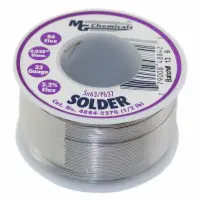
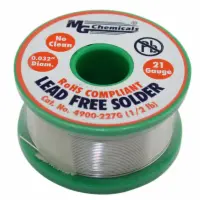
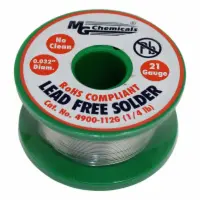
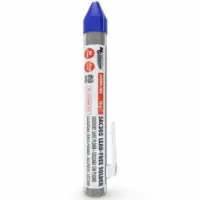
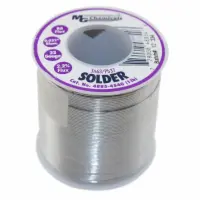
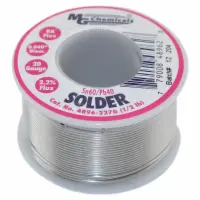
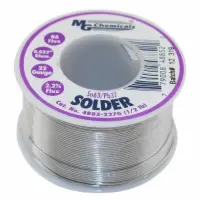
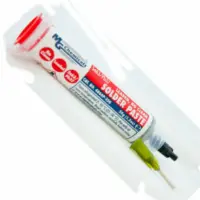
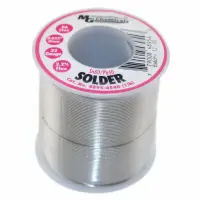
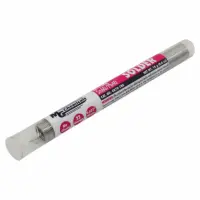
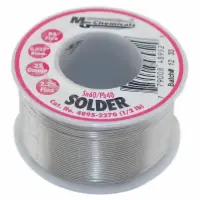
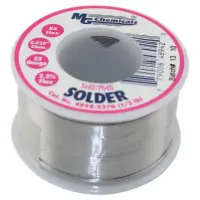
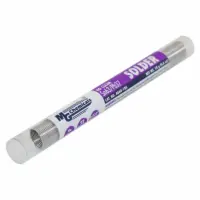
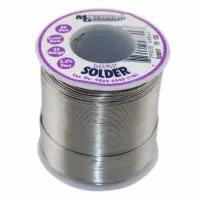
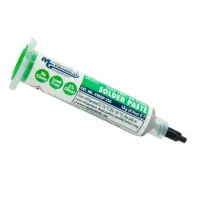


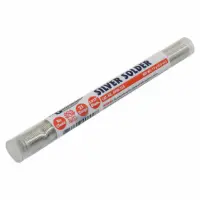




Shop for traditional leaded and lead-free solder in a variety of lengths and diameters for connecting components to printed circuit boards in your electronics projects. While lead-free solder is less hazardous than traditional solder, it requires higher temperatures, so ensure your soldering station or iron is powerful enough.
Circuit Specialists also has desoldering braids, or solder wicks, for removing solder and components, making it easy to troubleshoot, repair, and replace PCB components.
What is Solder?
Solder (pronounced “sod-der” or “sole-der,” depending on where you are from) is a type of metal alloy that, under the right conditions, melts to combine two objects together.
To achieve the right temperatures, people use soldering irons, soldering stations, or preheat platforms to liquify the solder and connect (or “solder”) one item to another. Solder comes in a variety of metals composition and properties which can affect the melting point, strength, conductivity, and more.
Most solder is bought as wrapped wire, which is why it’s often called solder wire. On the other hand, terms like solder braid (or desoldering braid) and solder wick refer to a slightly different material that’s used to help remove existing solder.
Types of Solder
Different types of solder are used for different types of projects. Some solder is designed to melt at higher temperatures, while others might provide a stronger bond and mechanical strength. Below are some of the main differences to keep an eye out for.
Soft vs. Hard Solder
Soft solder is a type of alloy that melts at temperatures at or below 450C. This kind of solder is what most people use when they’re soldering, whether they’re adding components to a printed circuit board or otherwise.
Hard solder, on the other hand, melts between 450C and 900C. This kind of solder is mostly used industrially for combining heavy-duty metals. It may also be used in jewelry-making or silversmithing. When using hard solder, you would actually use the term “brazing” instead of “soldering” because of the high temperatures required.
Leaded vs. Lead-Free Solder
Soft solder is usually categorized in one of two ways: lead solder or lead-free solder.
Originally, most all soft solder was leaded. This was because the higher concentration of lead in the solder helps prevent something called tin whiskers, which can eventually short-circuit and ruin your projects.
However, lead solder is used less today because of its detrimental health effects, which is why many countries banned the use of leaded solder for plumbing and a number of other applications.
Now, the soft solder of choice is unleaded, especially for soldering electronics. Chemical and electrical engineers found new ways to achieve the same or similar results as leaded solder without the risk of lead poisoning.
Rosin Core Solder vs. Solid Core Solder
Solid core solder is solder wire with a solder core instead of a flux core (skip to the next section to learn more about solder flux). When using solid core solder, you must use a separate solder flux to prepare the objects for soldering.
Rosin core solder is solder that has a mild flux in it. Rosin core solder is often used in cases where the residue of a separate solder flux solution would be too hard to clean after soldering. It’s also overall more convenient to combine the flux and solder, which is why many solders have a rosin core.
Solder Paste vs. Solder Wire
Most of the solder we have defined above are solder wires, where the solder comes in the form of a wire wrapped around a spool.
Solder paste is technically another type of solder, although it’s a form of solder that’s suspended in a syringe along with trace amounts of flux. Solder paste is commonly used in SMT (Surface Mount Technology) for mass-producing printed circuit boards (PCB) and, unlike other types of solder, has the benefit of already being clean because of the flux within the paste.
Solder Composition
Solder also comes in a variety of different metal concentrations and alloys. The solder composition can determine the material’s melting point, conductivity, mechanical strength, wettability, and more. The composition also affects the overall price.
Other Important Solder Accessories
If you’re working with solder, you’re also going to need to understand some of the chemicals and other necessary materials for a successful project.
Solder Flux
Flux is a chemical cleaning agent used for soldering or desoldering. Specifically, solder flux removes oxide from the surface of the metal that is being soldered. The flux can also improve the wetting of the solder, allowing for a more uniform flow over surfaces.
Sometimes the flux is incorporated into the solder itself, like rosin core solder or solder paste. Flux can also be bought separately.
Solder Wick (or Desoldering Braid)
A desoldering wick or desoldering braid is used to remove solder. The material comes in a braided pre-fluxed 18 to 42 AWG copper wire.
To remove solder, the solder braid is placed over soldered connections, the existing solder is heated by a soldering iron, and, when melted, the solder “wicks” away into the solder braid.
